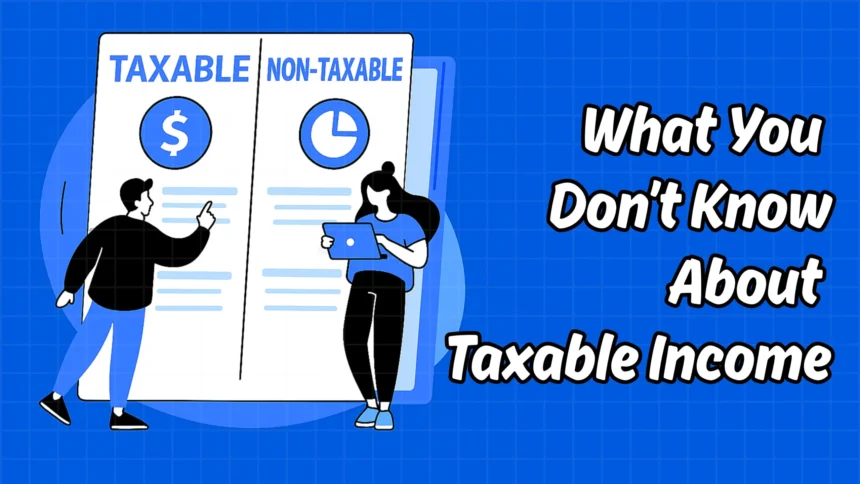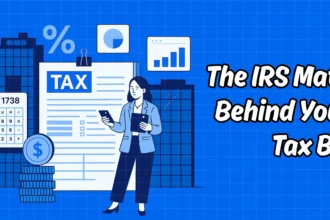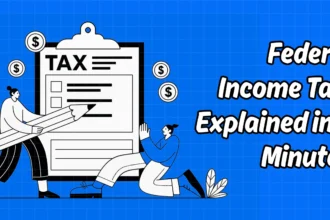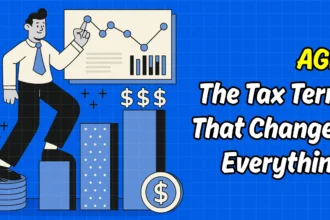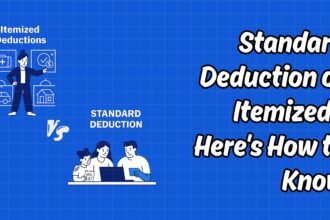Key Takeaways
- Not all income is treated equally by the IRS—some types are fully or partly excluded.
- Taxable income includes wages, freelance earnings, interest, dividends, unemployment benefits, and gambling winnings.
- Nontaxable income covers things like gifts, child support, workers’ compensation, life insurance payouts, and certain scholarships.
- Misclassifying income can trigger IRS penalties or unexpected tax bills.
- Knowing the difference helps you file correctly and avoid overpaying.
- The core rules remain consistent in 2025, though thresholds and exclusions are updated.
Introduction
Ever receive money and wonder, “Do I need to declare this on my tax return?” You’re not alone. With so many income streams—Venmo transfers, side gig cash, or gift money—it’s easy to get puzzled. This guide clears things up by explaining taxable vs nontaxable income in a way that’s simple and real. No confusing tax code talk—just a clear breakdown of what the IRS counts in 2025 so you can confidently file without overpaying.
What Is Taxable Income?
Taxable income is money the IRS expects you to report because it increases your wealth. That usually includes wages, freelance earnings, tips, interest, dividends, unemployment benefits, and gambling wins. You usually receive a W‑2 or 1099 form showing what you made—proof your employer or clients file too.
Even some retirement money may be taxable. For instance, a portion of Social Security benefits can be taxed if your combined income exceeds certain limits—up to 85% if your total is high enough. And yes, rental income, royalties, and business profits count too.
In effect, anything that puts cash—or its equivalent—in your pocket counts. If the IRS finds you earned it, and it isn’t clearly excluded, consider it taxable until proven otherwise.
What Is Nontaxable Income?
Not every dollar you receive is fair game for taxes. Here’s what typically slips through the IRS’s radar:
- Gifts and inheritances aren’t taxable to the recipient—but large gifts over ~$19,000 might require the giver to file Form 709.
- Child support and cash rebates don’t count as income.
- Tax-free life insurance payouts are safe, though if you cash out a policy, that’s different .
- Workers’ compensation and disability benefits, when paid due to workplace injury, are excluded.
- Scholarships cover tuition, fees, books, and supplies tax-free—but room and board can be taxable.
Other exempt categories include qualified disaster relief payments, municipal bond interest, and veterans’ benefits.
So when money lands in your account, the IRS asks: is this legally excluded? If the answer is yes, report it on your tax return only if required—but don’t pay tax on it.
Mistaking income as taxable could push your AGI higher than it should be, which may cost you on deductions, credits, or trigger unnecessary taxes.
How the IRS Determines Taxability
The IRS follows a simple principle: if something increases your economic resources and isn’t specifically excluded by law, it’s probably taxable.
That means both cash and non-cash payments—services, property, and barter—count as income. If you trade childcare for lawn care, the fair market value of that exchange must be reported .
The IRS also uses constructive receipt—money is taxable when available to you, even if you don’t spend it yet. For instance, a check mailed by December 31 counts as 2025 income, even if you deposit it in January.
That’s why it’s risky to assume something is tax-free just because you didn’t use it. If it’s available, it’s reportable—unless a law carves out an exclusion.
This logic ensures fairness—it captures complicated income streams and keeps people from avoiding tax by hiding non-cash or delayed earnings.
Gray Areas and Partially Taxable Income
Some income lives in tax purgatory—not fully taxable, but not 100% exempt. Let’s unravel the complexities:
- Alimony: For divorces finalized after 2018, alimony payments aren’t taxable income. But older decrees still count.
- Scholarships: Tax-free if used for qualified expenses—otherwise, the rest may be taxable.
- Health insurance reimbursements: Usually non-taxable, unless they’re considered compensation.
- Social Security: Depending on your provisional income, up to 85% may be taxable.
- Canceled debt: Discharge of indebtedness is usually taxable—except in cases like insolvency.
In these cases, check forms (like 1099s), IRS publications, or talk to a tax professional. Misreporting could cost you—in AGI limits, credits, and overall tax accuracy. Better to clarify than face a surprise bill later.
Reporting Taxable Income on Your Return
Once you identify taxable income, the next step is reporting it on Form 1040. Here’s where things go:
- Wages and salaries go on Line 1, backed by W-2 forms from employers.
- Freelance, rental, and royalty income appear on Schedule 1, supported by 1099-MISC or 1099-NEC forms.
- Interest and dividends are reported via 1099-INT and 1099-DIV forms.
- Social Security benefits (if taxable) show up on Line 6b (irs.gov).
The IRS cross-checks these forms, so accuracy matters. Forgetting to include a 1099 could trigger delays or penalties. Income you report determines your Adjusted Gross Income, taxable income, and, ultimately, what you owe or are refunded. Even if something feels small—like $600 from a side gig—you need to report it if there’s a matching 1099. Proper reporting keeps your return clean and avoids IRS audits.
Why It Matters to Get It Right
Underestimating taxable income isn’t minor. It can trigger surprising tax bills, penalties, and even interest. For example, many gig workers forget that cash from a ride-share or online marketplace is taxable. One case: Jane received $5,000 in app‑based gig income and thought it was too small to matter. She filed without it, got audited, and owed an extra $1,200 plus penalties.
Misclassifying income can also harm creditworthiness or impact eligibility for certain deductions and credits. Over-reporting nontaxable income like a life insurance payout could increase your AGI and push you out of bracket thresholds.
Getting this right isn’t just about following rules—it’s smart financial planning. Knowing the difference between taxable vs nontaxable income helps you optimize deductions, maintain a clean record, and sleep better come tax time.
Bottom Line – Know What You Owe, Keep What You Can
Understanding what’s taxable versus what isn’t gives you power over your taxes. It prevents costly mistakes, shields you from IRS hassles, and ensures you’re holding onto your money—not giving it away by accident.
Your life includes a variety of income—in 2025, from traditional paychecks to digital side hustles and benefits. Recognizing which streams the IRS taxes (and which they don’t) helps you file accurately, claim every legal exclusion, and maximize your financial health without getting buried in paperwork.
Getting it right isn’t optional—it’s confidence in action.


